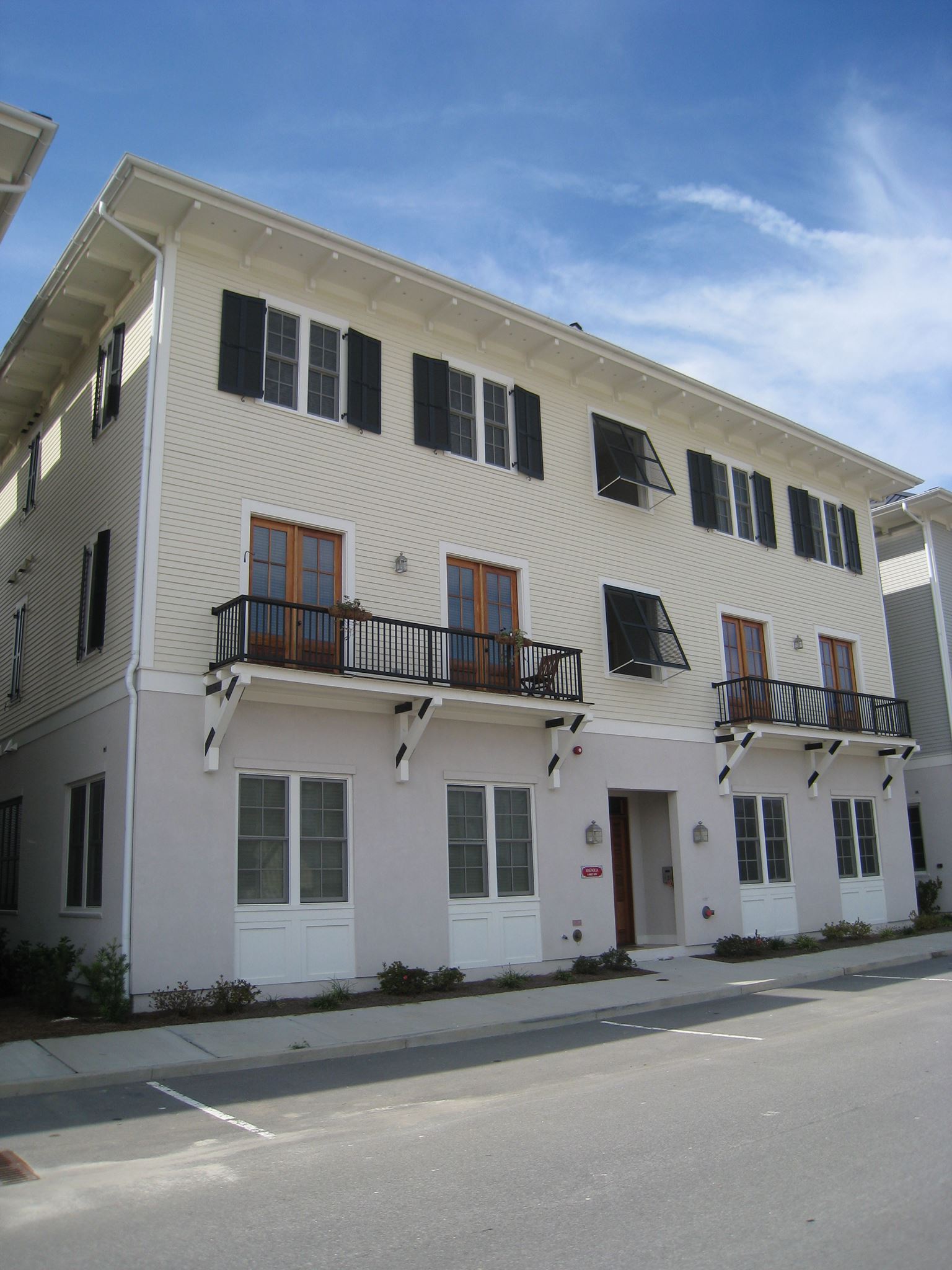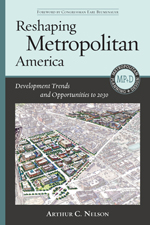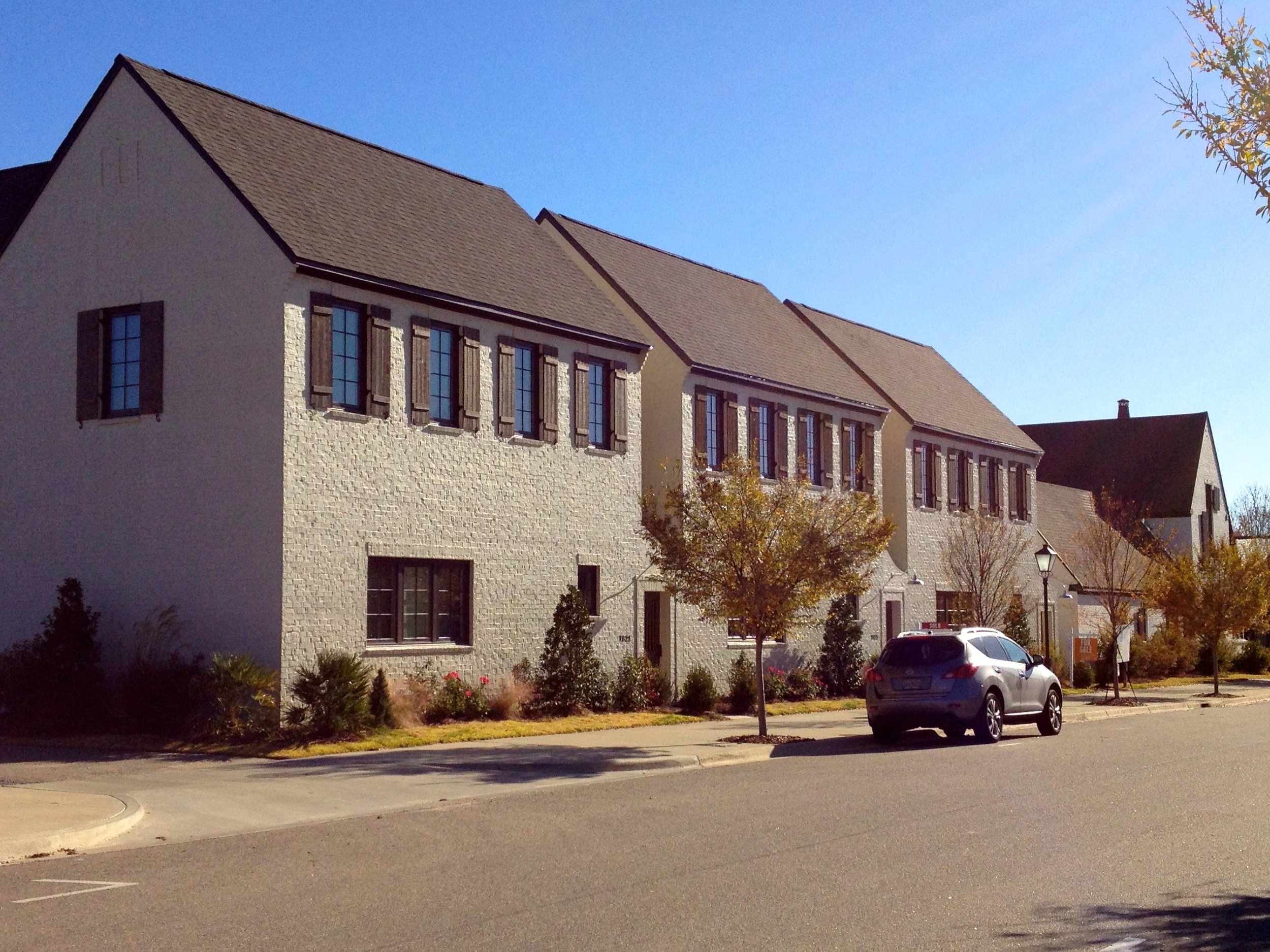A number of people have asked me recently why I am so focused on small developer/builders producing rental apartments , rental cottage courts, and mixed use rental buildings. Yes, I did not enjoy the process of building for sale housing, but more important than my experience trying to manage the often unrealistic expectations of homebuyers, was reading the research of Arthur C. (Chris) Nelson. It blew my mind. If this guy is only half right, the world of real estate and community development is now a very different place.
The numbers on demand for rental on a national basis from Arthur C. Nelson break down like this:
Rental apartments will be 48% of the growth of all new housing to be built between now and 2030.
Some of that demand will be delivered by the conversion of existing detached housing, which has been overbuilt.
National demand for all new housing units is about 1.3 million units a year until 2030. Nelson puts 48% of that demand as rental. Last year there were about 400,000 multi-family units built according to the census (combined rental and condo ownership)
48% of 1,300,000 new units in annual production is 624,000 rental units, so even if all 400,000 of the multifamily units produced last year were rental (and they were not) that is a production shortfall of a quarter million rental units units.
Nelson presents a summary of market preference from four separate surveys which say that about 1/3 of folks in the US would rather live in walkable urbanism. If all of the nation's the new housing production was delivered in walkable urbanism every year, we would not be able to meet the current demand (again just 1/3 of the market) until something like 2040. If more good stuff gets built and people see it on the ground, and a greater number of people decide that they want it, meeting that larger demand will, of course, take longer. For example, if 1/2 the population decides that they prefer walkable urbanism and all the available production capacity goes into delivering walkable urbanism, it would take until 2060 to satisfy the market demand.
Chris Nelson's presentation at CNU 21 in 2013 captures most of his book
Reshaping Metropolitan America here is a link to the video:
Arthur C. Nelson at CNU21It is broken down by metropolitan statistical area (MSA) so you can see what is going on in a given region vs. the national data Nelson uses to explain his findings in his book and CNU presentation.
My reading of the data is that Albuquerque has demand for well over 2,000 new rental units a year between now and 2030. Last year we produced 400. Can you see why I think the opportunities for small developers are going to be in rental buildings?
 I got a phone call today from Eric Brown, a colleague in Savannah. Eric is a long time CNU member and member of the New Urban Guild. He said he would really try to make it to the Small Developer Boot Camp in Duncanville in August, Atlanta in October for sure. He told me about the "missing tooth" sites he sees everyday in Savannah, the spots that just need one or two straightforward buildings to transform the block. Eric has designed a lot of those "workhorse buildings" over the years. I'm a big fan of his work as an Architect.
I got a phone call today from Eric Brown, a colleague in Savannah. Eric is a long time CNU member and member of the New Urban Guild. He said he would really try to make it to the Small Developer Boot Camp in Duncanville in August, Atlanta in October for sure. He told me about the "missing tooth" sites he sees everyday in Savannah, the spots that just need one or two straightforward buildings to transform the block. Eric has designed a lot of those "workhorse buildings" over the years. I'm a big fan of his work as an Architect.


